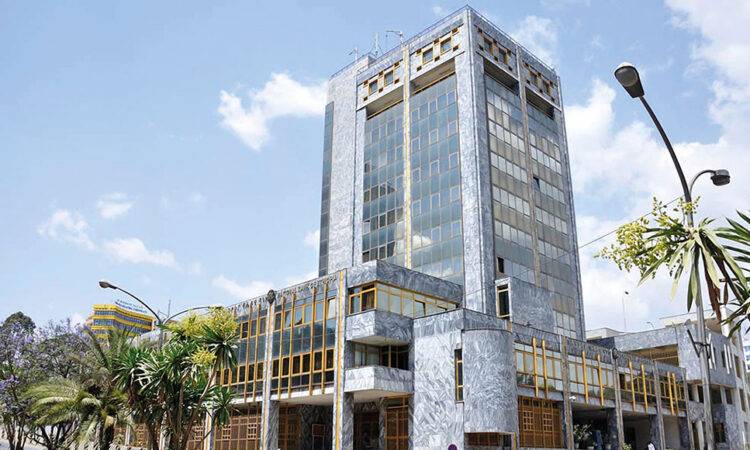
Regulators are readying to embark on a study on the use of a Central Bank Digital Currency (CBDC) as part of the Homegrown Economic Reform Agenda.
The National Bank of Ethiopia (NBE) is set to initiate the study in June under instructions from the macroeconomic team led by Girma Birru, according to the latest HGER detail matrix covering three years leading up to 2026.
NBE regulators and officials from the ministries of Finance and Planning and Development are also part of the macroeconomic team steering the economic reform agenda.
The central bank classifies digital currencies, including Bitcoin and other cryptocurrencies, as illegal but the government has recently licensed dozens of data mining firms looking to Ethiopia as a base of operations for its low electricity tariffs.
The document obtained by The Reporter reveals measured and specific targets in foreign currency policy reform, financial systems, tax regimes, trade, and in almost all sectors. The NBE is tasked with enabling Ethiopia to join the Cross Border Payment System by December 2024. The central bank is also responsible for introducing a High Frequency (Daily) Liquidity Forecasting System by June.
– Advertisement –
The NBE’s new establishment proclamation is also set to be finalized the same month, enabling the central bank to undergo major reforms, including the revisions of current and capital account policies as well as the adoption of a Basel II/III and Solvency II Framework by June 2026.
Officials want to see retail and wholesale markets opened up and modernized through a sequence liberalization program over the coming two years. Other significant reforms include changes in foreign currency policies, including forex reserve management policy, and the establishment of a Foreign Exchange Investment Committee.
Ethiopia’s currency museum is also to be established as is a monetary policy committee
Many of the targets set out in HGER 2.0 are holdovers from the first iteration of the economic reform plan. For instance, the government initially planned to achieve unison between parallel and official foreign exchange rates by June last year, but the gradual devaluation of the birr has done little to close the gap – in fact, it has widened.
A recently released assessment of the HGER 1.0 conducted by the Policy Studies Institute attributes the prevailing gap between parallel and official exchange rates to a number of factors.
“Exchange rate unification was expected to be achieved by June 2023. NBE planned to build up foreign exchange reserves to serve as a buffer to supply the market as the foreign exchange allocation system moves towards a market-based approach. NBE has increased the crawling rate of the Birr visa-a-vis the USD. The average exchange rate (Birr to USD) depreciated by 55 percent from ETB 31.3/USD in 2019/20 to ETB 48.6/USD in 2021/22, higher than what was targeted,” it reads. “
The document reveals NBE regulators wanted to see the difference between exchange rates drop to the single digits by June 2023.
“This has however not materialized with reserve money increasing significantly partly to finance the government budget. Accordingly, inflation has also increased significantly,” it reads.
